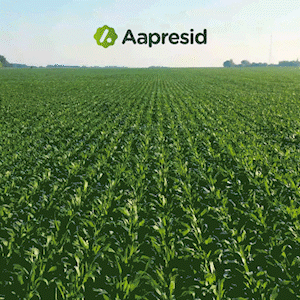1/10/05, 11:24
A method for exploring sustainable development options at farm scale: a case study for vegetable farms in South Uruguay
El objetivo del trabajo es evaluar estrategias alternativas para lograr un desarrollo sustentable a escala de productor.
S. Dogliotti, M.K. van Ittersum and W.A.H. Rossing
Agricultural Systems 86 (2005) 29-51
The methodology presented in this paper aims at analysing whether there is room for improvement of vegetable farmers´ income in Canelón Grande (Uruguay), while reducing soil erosion and improving physical and biological soil fertility, and to gain insight in the influence of farmers´ resource availability on the opportunities for sustainable development. The (generic) approach we developed to support re-design of farming systems in this region is unique in dealing with complex temporal interactions in crop rotations and spatial heterogeneity on farms in one integrated method, while revealing trade-off between economic and environmental objectives. Rather than an arbitrary sub-set, all feasible crop rotations were generated, using a tool named ROTAT. The crop rotations were combined with a range of production techniques according to pre-defined design criteria to create a wide variety of alternative production activities at the field scale. We used process-based simulation models supplemented with empirical data and expert knowledge to quantify inputs and outputs of production activities. We developed a mixed integer linear programming model (MILP), named Farm Images, to allocate production activities to a farm with land units differing in soil quality, while maximising or minimising socio-economic and environmental objectives, subject to constraints at the farm level. Production activities comprised current practices as well as activities new to the area. We used Farm Images to design farm systems for seven existing farms in Canelón Grande with different resource availability. The farm systems designed by the model had higher family income than current systems for six of the seven farms studied. The estimated average soil erosion per ha decreased by a factor of 2-4 in the farm systems proposed compared to the current systems, while the rate of change of soil organic matter increased from negative in the current systems to +130 to +280 kg ha-1 yr-1 in the proposed farm systems. The degree to which the objectives could be achieved was strongly a.ected by farm resource endowment, i.e., particularly by the fraction of the area irrigated, soil quality and labour availability per ha. The study suggests that decreasing the area of vegetable crops by introducing long crop rotations with pastures and green manure during the inter-crop periods and integrating beef cattle production into the farm systems would often be a better strategy than the actual farmers´ practice.
Antes de que te vayas,
¿te gustó este contenido?

¡Muchas gracias!


